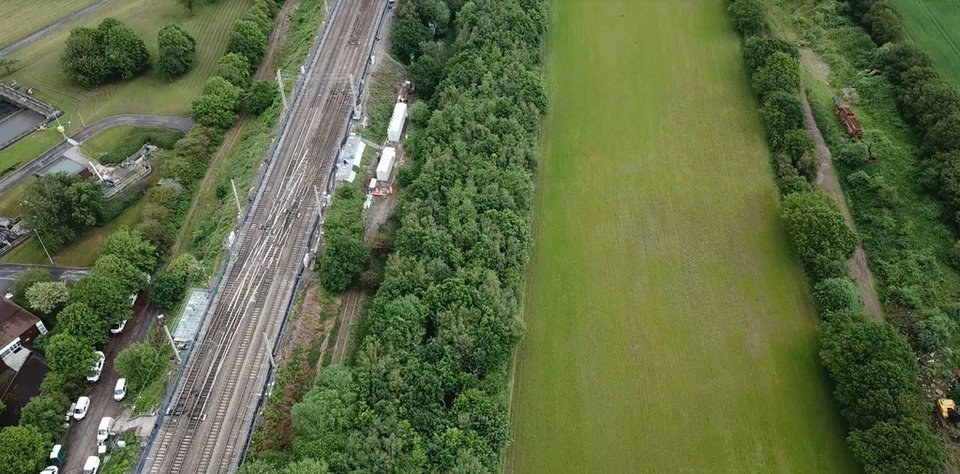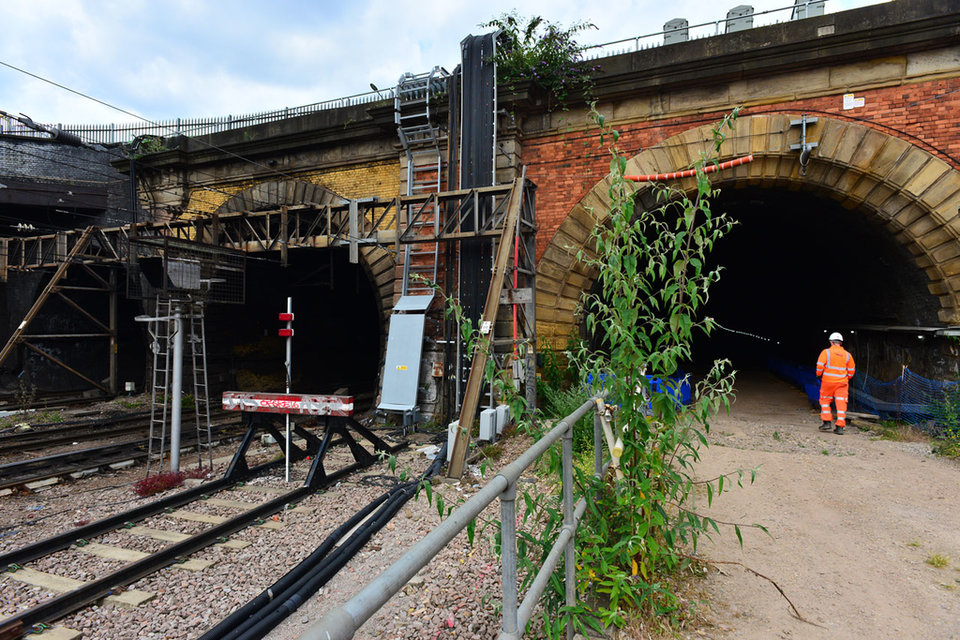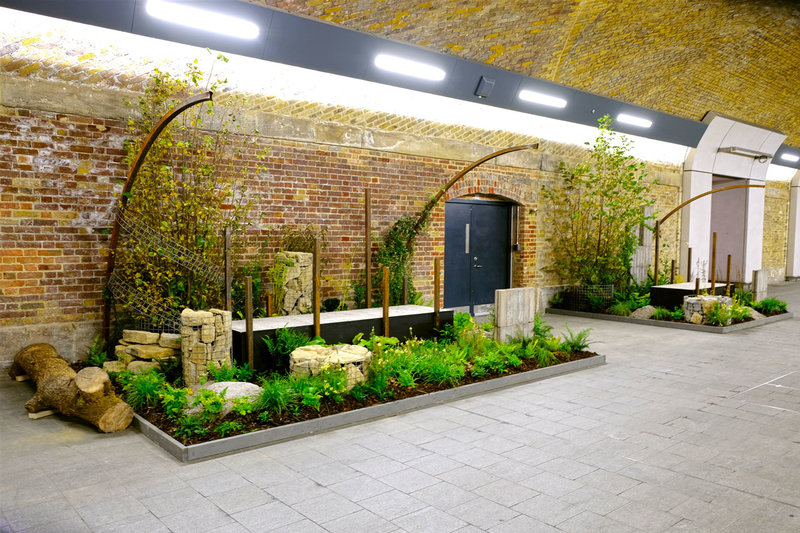We will be publishing an updated version of our vegetation management standard in early 2020
Network Rail on a mission to monitor wildlife
The company says since the review’s publication, it has worked to develop a set of standards that will see lineside vegetation managed as an asset. As part of its strategy, it will make better use of environmental data to improve net biodiversity and improve communications with those living or working near tracks when vegetation work is planned.
Among the initiatives it is currently working on is the aerial mapping of trees and vegetation – 10 million trees to date – to identify areas of concern and take action to ensure they are managed appropriately. Dr Donovan says Network Rail has been working with The Tree Council to meet the challenge of balancing the management of an operational railway with improving and enhancing biodiversity: “The Tree Council, in its role as champion of trees and critical friend to Network Rail, provides advice on vegetation management to help us achieve the balance, for the benefit of rail users, local communities and wildlife.”

Aerial view of Acton Grange junction. Image: Network Rail
As part of its efforts to meet the biodiversity requirements, the company is on a mission to recruit and train more ecologists and arboriculturalists to address current skills gaps. It is also introducing environmental KPIs for its devolved regions.
“We will be publishing an updated version of our vegetation management standard in early 2020, requiring our teams to properly categorise the habitats that exist on the railway and ensure vegetation is treated as an asset,” Dr Donovan says.
Currently, all trackside workers are trained to recognise the wildlife they often meet, including common lizards, grass snakes, deer and water vole, often found in East Anglia, and pipistrelle bats known to roost in trees, tunnels and bridges across the network. As well as training, staff are equipped with mobile apps which help identify wildlife and build a database of all species living on the national estate.
Government challenges network to do more
In July 2019 the DfT said Network Rail was in a unique position to deliver improvements in biodiversity in the UK, adding its railways run through some of the most fragile and valuable habitats across the UK, and also provide important corridors for wildlife. “Despite recent changes, there is significant scope for improvement,” it continued,
Accepting there was an urgent need to address the backlog of safety-critical work to meet the safety standard, it continued: “Nonetheless, we expect Network Rail to make full use of the opportunities this presents to improve biodiversity on its lineside estate.”
However, balancing the need for biodiversity with that of safety and requirements for an efficient rail network is a significant challenge. Almost five million journeys are made each day, double that of 20 years ago. However, Dr Donovan believes it is possible: “We are clear that we can strike the right balance in maintaining a safe, punctual railway whilst protecting and enhancing biodiversity on the lineside.”

Tunnel, part of the East Coast Upgrade. Image: Network Rail
Although in meeting that balance he accepted some trees will always have to be removed for safety reasons, he says the company will look at different management techniques such as pollarding and coppicing which will benefit environment and wildlife, as well as local communities.
He adds much is already being done, even at stations, to increase the network’s biodiversity. Often with the help of local community groups, planters, flower beds and even bee hives have been introduced at some stations. Dr Donovan acknowledged the support of local operators already, he believes greater use of this would help meet 2024 and 2040 targets.
“Rail operators who are able to support such local initiatives with safe access and volunteer assistance, amongst other things, will be contributing to a green gateway to the railway and improving the experience for passengers and frontline staff alike,” he says.
We are clear that we can strike the right balance in maintaining a safe, punctual railway whilst protecting and enhancing biodiversity on the lineside
The government expects Network Rail to publish annual reports on its activity and on progress
Network Rail’s vision for the future
Network Rail has been tasked by the DfT to produce a vision statement and biodiversity action plan by the end of 2019. “The government expects Network Rail to publish annual reports on its activity and on progress towards meeting these goals using recognised reporting metrics,” it said, adding an agreed and published baseline is expected to be in place across all routes by 2024.
Speaking of the progress made since the publication of his report, Varley said although he doesn’t underestimate the challenge of delivering on his recommendations, the leadership, commitment and progress he’d seen gave him confidence. “I’m impressed with how much Network Rail and government have achieved in the last seven months. There is a now a clear policy, a vision and a commitment to protect and enhance biodiversity, while continuing to keep safety centre stage.”

New Forms - Journeys With Plants. Image: Sarah Wilson.
Saying the network of the future will continue to offer a greener and more efficient way of transporting goods across the country via freight too, Dr Donovan concluded: “The land we own and operate is a rich habitat and a vital wildlife corridor across Britain… As we work to implement a number of changes in response to the Varley review – establishing new processes and building a culture dedicated to enhancing natural habitats – we continue to look at how we can go further and demonstrate our leadership on this issue.”
The biodiversity action plan will provide greater insight into plans the operator has for the future of the network and its place as a home for wildlife in the years to come. “The railway of the future will manage its estate sustainably to achieve net-zero carbon emissions and be net-positive for biodiversity,” Dr Donavon says.